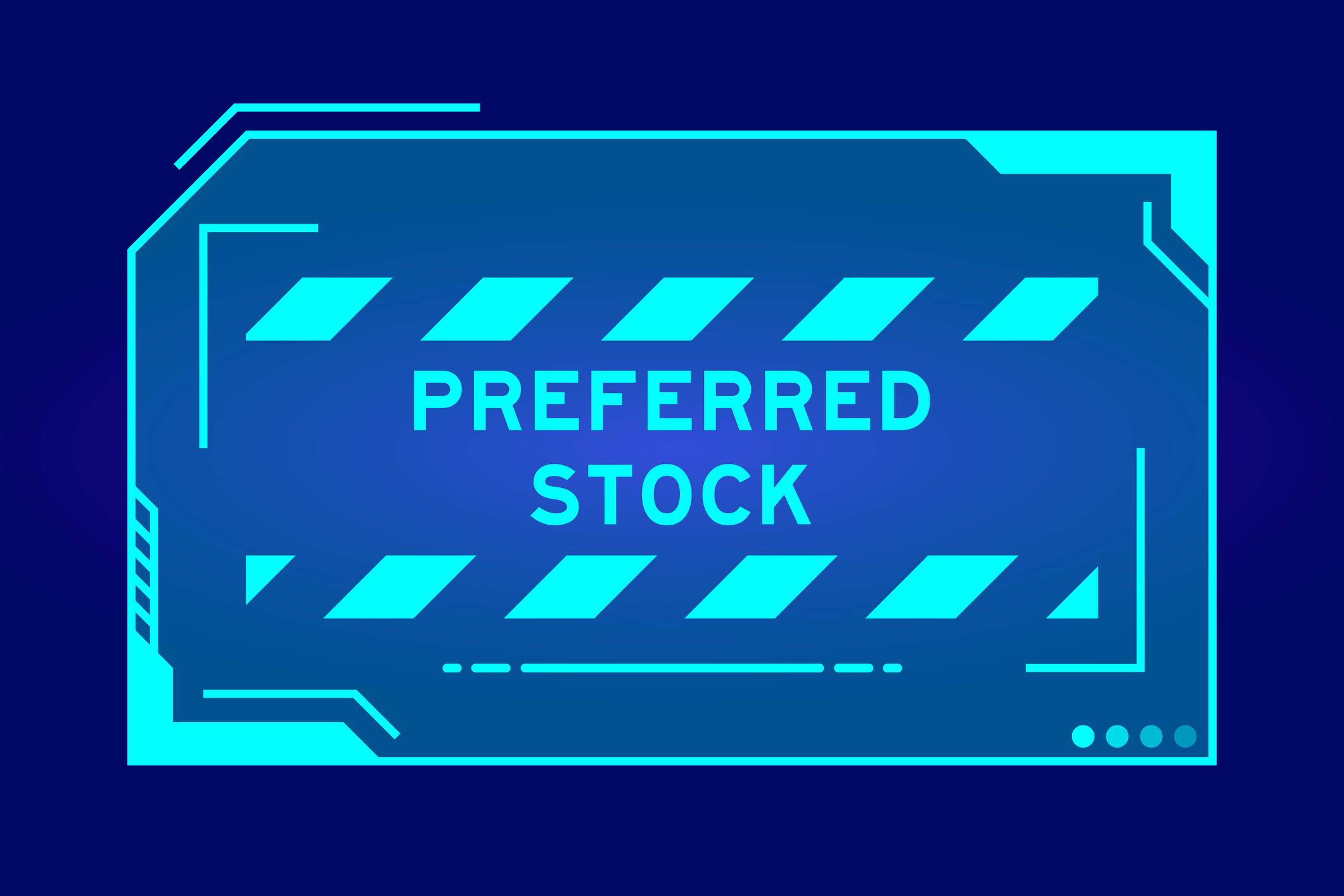7 Retail ETFs for the Holidays
The past few years have not been kind to retail stocks, with the ascension of Amazon.com (AMZN) coming at the expense of numerous brick-and-mortar stores.


The past few years have not been kind to retail stocks, with the ascension of Amazon.com (AMZN) coming at the expense of numerous brick-and-mortar stores. Even diversified retail ETFs haven’t been spared, with many posting significantly worse returns than the Standard & Poor’s 500-stock index. But the industry could be ready to turn the corner.
Big-picture, traditional retail companies are becoming more adept at peddling their wares online and are at least starting to push back. Walmart (WMT) bought Jet.com and numerous other e-commerce operators over the past few years, igniting explosive growth in its online sales. And Williams-Sonoma's (WSM) website now drives more than half of the company's revenues.
Also, Black Friday and the holiday season could provide a boost to the entire industry. Deloitte, Kantar Retail and the National Retail Federation are all forecasting increases of between 3.7% and 4.5% in holiday sales for 2017. (Kiplinger is forecasting a 15% jump in e-commerce sales for the full year.) Moreover, retail stocks have developed a trend of slightly outperforming the broader market since the end of the 2007-09 bear market.
This could trigger at least a short-term reversal of fortunes for a handful of retail funds – including those that have more invested in e-commerce operators, as well as those that incorporate other areas of the consumer space. Check out these seven retail ETFs that may perk up for the holidays.
Data is as of Nov. 8, 2017. Click on ticker-symbol links in each slide for current share prices and more. Yields represent the trailing 12-month yield, which is a standard measure for equity funds.

SPDR S&P Retail ETF
- Market value: $420.1 million
- Dividend yield: 1.6%
- Expenses: 0.35%, or $35 annually on $10,000 invested
The SPDR S&P Retail ETF (XRT, $39.07) is by far the largest pure-play retail ETF on the market at $457 billion in assets under management – almost eight times greater than the next closest fund.
The XRT is a portfolio of 85 retail stocks that are equally weighted at each rebalancing. That means the fund periodically adjusts all of its holdings so it’s equally invested in each one. This ensures no single stock has an outsize effect on the fund – beneficial in that it prevents one stock’s collapse from undermining the ETF, but detrimental in that a massive rally in one company’s shares will provide only a limited lift.
This is how $13 billion retailer L Brands (LB) is the current top weight at 1.6%, while $540 billion e-tailing behemoth Amazon.com makes up 1.5%. (Performance between rebalancings will skew the weights a little, so they're rarely perfectly equal.)
Looking at the slightly bigger picture, apparel retailers such as L Brands and Urban Outfitters (URBN) make up the largest slice of the industry pie at 24%, followed by internet and direct marketing retailers such as Amazon and Groupon (GRPN). Automotive retailers, pharmacies, department stores and grocers are among the other types of retail stocks that investors have access to via the XRT.

VanEck Vectors Retail ETF
- Market value: $51.3 million
- Dividend yield: 1.7%
- Expenses: 0.35%
The XRT and the next three funds are all variations on the same general type of U.S. retail exposure. Determining which retail ETF is best for you, then, comes down to the details including portfolio size, concentration in certain stocks and industries, and cost.
The VanEck Vectors Retail ETF (RTH, $82.53), for instance, stands out because of its narrow collection of just 25 stocks and its heavy dependence on Amazon. RTH’s whopping 18.8% weight in AMZN shares is greater than any other ETF on the market. That’s also well more than double any of its other top 10 holdings, which include Home Depot (HD, 7.5%) and Walmart (6.8%).
That can be a blessing and a curse, depending on how well Amazon is doing. In 2017, the e-commerce operator’s nearly 50% gains have been the primary driver behind RTH’s 8% return. While that result is far behind the broader S&P 500 index, it’s the only positive showing this year among broad traditional retail ETFs.

First Trust Nasdaq Retail ETF
- Market value: $977,500
- Dividend yield: 1.6%
- Expenses: 0.60%
Think of the First Trust Nasdaq Retail ETF (FTXD, $19.40) as a less exaggerated version of the RTH.
This small ETF, which started trading in September 2016 and has less than $1 million in assets under management, tracks the 50 most liquid retail securities from a Nasdaq broad-market index, It then ranks them based on volatility, value and price appreciation across several short-term time periods, then assigns weights based on these scores.
Most importantly: Stocks are capped to prevent overweights like what Amazon enjoys in the RTH. That doesn’t mean there aren’t single-stock dangers. Walmart, Home Depot and eBay (EBAY) each represent more than 8% of the ETF’s assets, so a sudden crash in any one of these would have an outsize effect on the fund. Same goes for Amazon, which still holds a 7.2% weight.
But investors do get a broader portfolio than RTH, and one where Amazon doesn’t dominate performance, for better or worse.

PowerShares Dynamic Retail Portfolio
- Market value: $13.3 million
- Dividend yield: 1.2%
- Expenses: 0.63%
Last among the broad-based pure-play retail ETFs is the PowerShares Dynamic Retail Portfolio (PMR, $33.25), which could be considered a blend of various aspects of the prior three funds.
The PMR has a tight portfolio of about 30 stocks that are selected based on various criteria, including value, earnings and price momentum, and management action. The fund isn’t perfectly equally weighted, but instead follows a tiered equal-weighted system that still tamps down even further on single-stock risk than the FTXD.
Your investment still is clustered in large-cap retailers such as Walmart (5.6%), Home Depot (5.5%) and Target (TGT, 5.4%), but a few smaller operators – including Restoration Hardware parent RH (RH, 5.1%) and commercial vehicle retailer Rush Enterprises (RUSHA, 3.5%) – also have more impact on the fund than their sub-$2 billion market capitalizations would indicate.
One final thing to note: An investment in PMR offers absolutely zero exposure to Amazon.com.

Amplify Online Retail ETF
- Market value: $134 million
- Dividend yield: N/A
- Expenses: 0.65%
E-commerce has become such a large factor in the retail industry – and its stocks have been such impressive performers – that the Amplify Online Retail ETF’s (IBUY, $36.25) existence isn’t just merited, but celebrated. While IBUY is a very young fund that came to life in April 2016, it’s the market’s second-largest retail-heavy ETF at $121 million in assets under management. That’s more than the combined assets of the RTH, PMR and FTXD.
IBUY is a collection of about 40 companies that derive the lion’s share (70%) of their revenues from online or virtual sales. That includes Amazon, yes, but also companies like home-goods seller Wayfair (W) and handmade-item specialist Etsy (ETSY). However, the ETF’s mandate also allows it to hold companies like payments services provider PayPal (PYPL), so while it’s primarily a retail fund, it’s technically not a pure play on the space.
A modified equal-weight methodology prevents Amazon (and any other large online retailer) from having an outsize effect on the fund. In fact, IBUY’s largest weight at the moment belongs to Overstock.com (OSTK, 6.5%) – a $1 billion also-ran to Amazon that recently has soared because of its investments in blockchain technology.
Also of note: This ETF is allowed to invest up to a quarter of its assets in international stocks, which gets you access to high-growth e-tailers such as China’s Alibaba (BABA) and Argentina’s MercadoLibre (MELI).

Consumer Discretionary Select Sector SPDR Fund
- Market value: $11.7 billion
- Dividend yield: 1.5%
- Expenses: 0.14%
Investors who want to gain exposure to retail as well as other facets of the consumer discretionary sector can consider the Consumer Discretionary Select Sector SPDR Fund (XLY, $91.92) – the largest such fund at $11.6 billion in assets.
Retail accounts for a decent chunk of the XLY’s assets, at about 45%, though that’s heavily influenced by Amazon’s nearly 17% weight. That number also is affected by the fact that many retailers that deal heavily in groceries, pharmaceuticals and other necessities – large stocks such as Walmart, Costco (COST) and CVS Health (CVS) – are lumped in with the consumer staples sector. Instead, the rest of XLY’s retail components include the likes of do-it-yourself home-improvement retailers Home Depot and Lowe’s (LOW), and fashion retailers such as TJ Maxx parent TJX Companies (TJX).
The rest of XLY is divided into several industries, though most prominent are media companies at 22.5% of the fund, and the super-group “Hotels, Restaurants & Leisure” designation at 15.8% of the ETF’s assets.

The Emerging Markets Internet & Ecommerce ETF
- Market value: $345.3 million
- Dividend yield: 0.5%
- Expenses: 0.86%
The Emerging Markets Internet & Ecommerce ETF (EMQQ, $38.02) typically is classified as a tech ETF, but given some of its larger holdings, this fund also acts as one of the few ways to invest in a bundle of foreign e-tailers.
The EMQQ is a portfolio of roughly 40 emerging-market companies with internet-based businesses. Naturally, that includes the likes of China’s Tencent Holdings (TCEHY) – whose tentacles are wrapped around everything from game development and media to payments and chat services – as well as search giant Baidu (BIDU).
But it also includes a few retail-oriented internet plays, and at fairly significant weights. Alibaba, which makes up nearly 10% of the fund, operates China’s largest e-commerce platform – one that founder Jack Ma expects will generate $1 trillion in annual gross merchandise volume by 2020. China’s JD.com (JD), which is closer to Amazon in that it sells merchandise directly, makes up another 5%, while e-commerce platform 58.com (WUBA) is another 4%. MercadoLibre, at 3.7%, also gives investors access to South American online retail.
Profit and prosper with the best of Kiplinger's advice on investing, taxes, retirement, personal finance and much more. Delivered daily. Enter your email in the box and click Sign Me Up.
Kyle Woodley is the Editor-in-Chief of WealthUp, a site dedicated to improving the personal finances and financial literacy of people of all ages. He also writes the weekly The Weekend Tea newsletter, which covers both news and analysis about spending, saving, investing, the economy and more.
Kyle was previously the Senior Investing Editor for Kiplinger.com, and the Managing Editor for InvestorPlace.com before that. His work has appeared in several outlets, including Yahoo! Finance, MSN Money, Barchart, The Globe & Mail and the Nasdaq. He also has appeared as a guest on Fox Business Network and Money Radio, among other shows and podcasts, and he has been quoted in several outlets, including MarketWatch, Vice and Univision. He is a proud graduate of The Ohio State University, where he earned a BA in journalism.
You can check out his thoughts on the markets (and more) at @KyleWoodley.
-
 Your Guide to Buying Art Online
Your Guide to Buying Art OnlineFrom virtual galleries to social media platforms, the internet offers plenty of places to shop for paintings, sculptures and other artwork without breaking the bank.
-
 Samsung Galaxy S25 Ultra for $4.99 a Month: A Closer Look at Verizon’s Deal
Samsung Galaxy S25 Ultra for $4.99 a Month: A Closer Look at Verizon’s DealVerizon’s aggressive pricing makes Samsung’s top-tier phone tempting, but the real cost depends on your plan and how long you stay.
-
 I'm 59 with $1.7 million saved and lost my job. Should I retire?
I'm 59 with $1.7 million saved and lost my job. Should I retire?We asked professional wealth planners for advice.
-
 The 24 Cheapest Places To Retire in the US
The 24 Cheapest Places To Retire in the USWhen you're trying to balance a fixed income with an enjoyable retirement, the cost of living is a crucial factor to consider. Is your city the best?
-
 5 Stocks to Sell or Avoid Now
5 Stocks to Sell or Avoid Nowstocks to sell In a difficult market like this, weak positions can get even weaker. Wall Street analysts believe these five stocks should be near the front of your sell list.
-
 Best Stocks for Rising Interest Rates
Best Stocks for Rising Interest Ratesstocks The Federal Reserve has been aggressive in its rate hiking, and there's a chance it's not done yet. Here are eight of the best stocks for rising interest rates.
-
 The Five Safest Vanguard Funds to Own in a Volatile Market
The Five Safest Vanguard Funds to Own in a Volatile Marketrecession The safest Vanguard funds can help prepare investors for market tumult but without high fees.
-
 The 5 Best Inflation-Proof Stocks
The 5 Best Inflation-Proof Stocksstocks Higher prices have been a major headache for investors, but these best inflation-proof stocks could help ease the impact.
-
 5 of the Best Preferred Stock ETFs for High and Stable Dividends
5 of the Best Preferred Stock ETFs for High and Stable DividendsETFs The best preferred stock ETFs allow you to reduce your risk by investing in baskets of preferred stocks.
-
 What Happens When the Retirement Honeymoon Phase Is Over?
What Happens When the Retirement Honeymoon Phase Is Over?In the early days, all is fun and exciting, but after a while, it may seem to some like they’ve lost as much as they’ve gained. What then?
-
 5 Top-Rated Housing Stocks With Long-Term Growth Potential
5 Top-Rated Housing Stocks With Long-Term Growth Potentialstocks Housing stocks have struggled as a red-hot market cools, but these Buy-rated picks could be worth a closer look.

